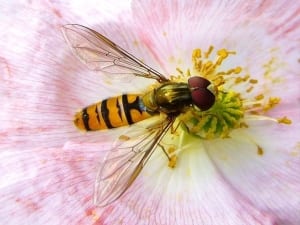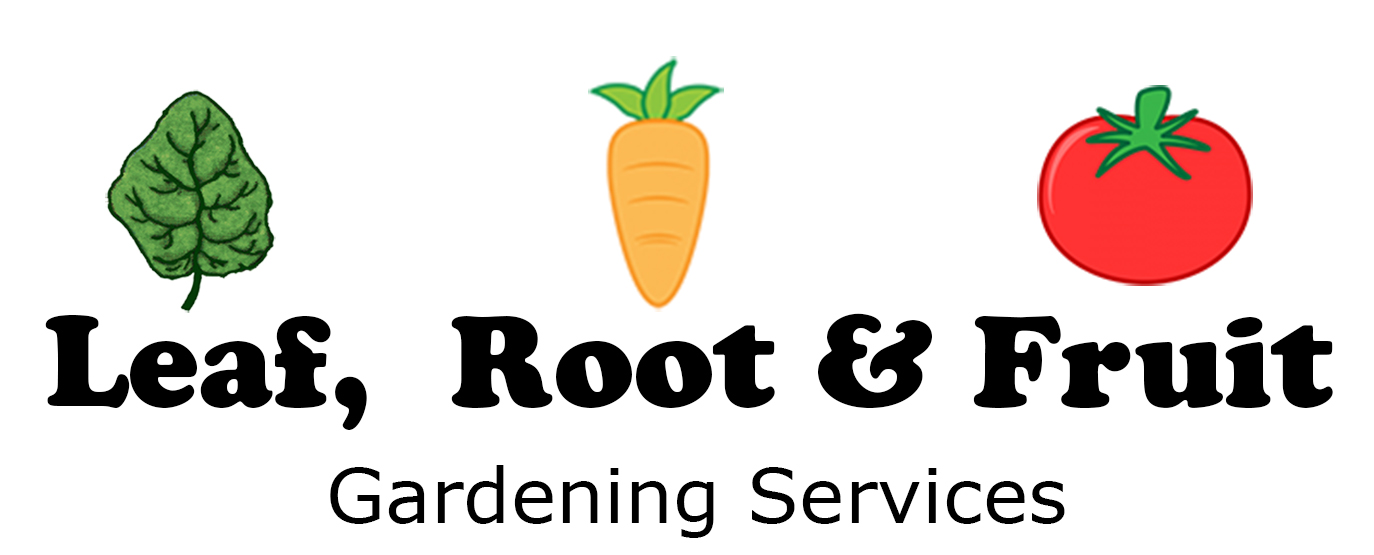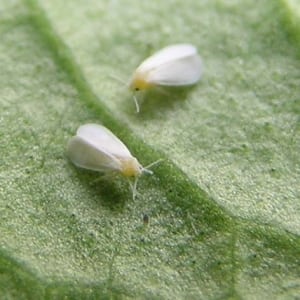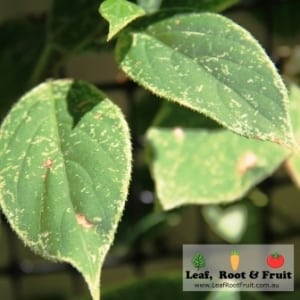Are you finding that every time you move in the garden you’re being greeted with a cloud of little white or green insects rising up from your precious plants? Don’t be worried, you’re not the only gardener with this problem. Gardens across Melbourne are currently teeming with whitefly.
Whitefly are relatives of aphids and mealy bugs. Whitefly are sap sucking insects that attack many types of plants, including veggie crops. You might notice that your plants’ leaves have scribbly white lines, white blotches, are curling or even wilting. This is a result of plants being attacked by whitefly, weakening the plant and affecting growth. However, leafy greens and other edible plants showing signs of whitefly infestation are still perfectly safe to consume.
Whitefly lay eggs on the underside of leaves and reproduce rapidly. Both the adult and nymph whitefly feed on the plant leaf, bud and stem sap.
Whitefly also excrete honeydew which can lead to infestations of sooty mould, a fungal disease that looks like black charcoal on the leaf. Whitefly can spread viruses from plant to plant as they feed.
White fly are most prevalent in late spring and early summer. They thrive in temperatures of 18 to 24 degrees Celsius. The good news is that once the temperature starts to get consistently into the high twenties and above, the white fly numbers will rapidly decrease.
Controlling Whitefly
Whitefly are prolific breeders with a short life-cycle. Eradication of heavy infestations is very difficult. With the warmer summer temperatures on the way, we recommend waiting to let nature take its course. However, if you’re finding that your plants are suffering so that you need to intervene, you could consider some of the following short term control methods.
Yellow Sticky Traps
Whiteflies are attracted to the colour yellow. Using yellow sticky traps near your affected plants will help control their populations. You can purchase yellow traps from nurseries and garden suppliers or you can make your own at home using laminated yellow paper or plastic smeared with a sticky substance like Vaseline. Regularly disturbing affected plants will make the Whitefly swarm and fly into the traps.
A word of caution when using these traps! They are indiscriminate, so they will also trap beneficial predatory insects like hoverflies, lacewings and ladybirds that help to control whitefly populations naturally.
Vacuuming
Some gardeners are heading out early in the morning and using the vacuum cleaner to capture the swarms of whitefly and reduce their numbers.
Continued disturbance
By shaking your plants or hosing them down over several days you might just annoy your whitefly enough for them to up and leave your plants.
Attract natural predators
such as Ladybirds, lacewings and hoverflies. These beneficial insects will all devour whitefly nymph and adult whitefly. Use some companion flowering plants to attract them into the area. Avoid using chemical sprays and insecticides that could also kill these good insects.

Use plenty of flowering plants into the garden to attract beneficial insects like hoverflies and ladybugs. These beneficial insects will help to control whitefly populations.
These control methods will all vary in success. But don’t worry, the pesky whitefly will soon be gone from our gardens until next year.
Have you found a successful whitefly control method that you’d like to share with us?




Thank you so much for sharing your expert knowledge. I enjoyed reading your newsletters.
Eva Connellan, Mulgrave, Melbourne
Glad you enjoy them Eva. Good Luck and Happy Gardening!